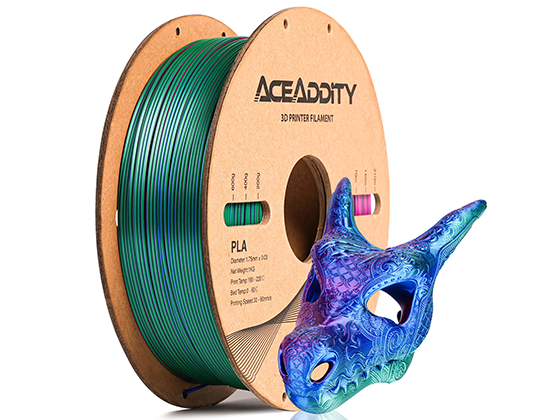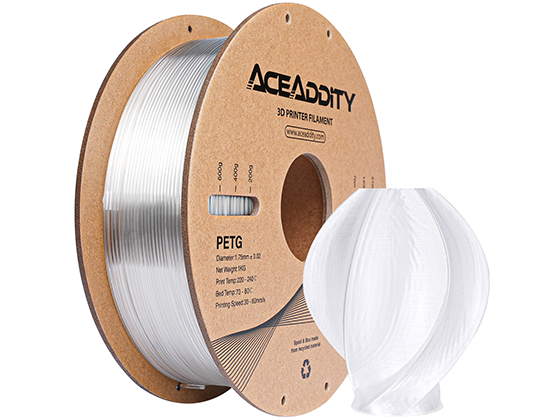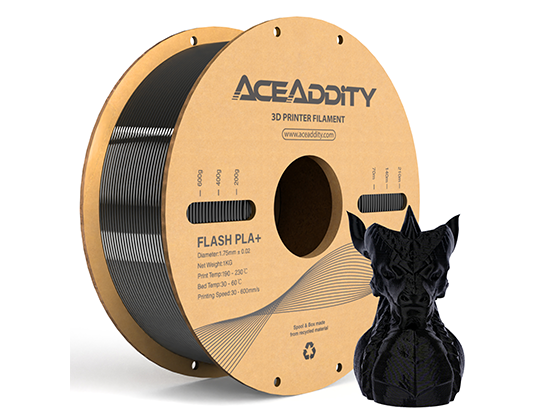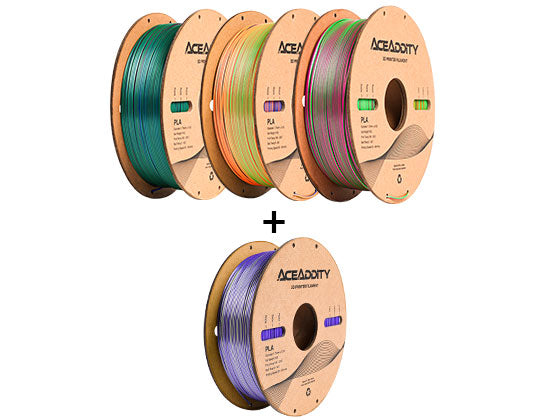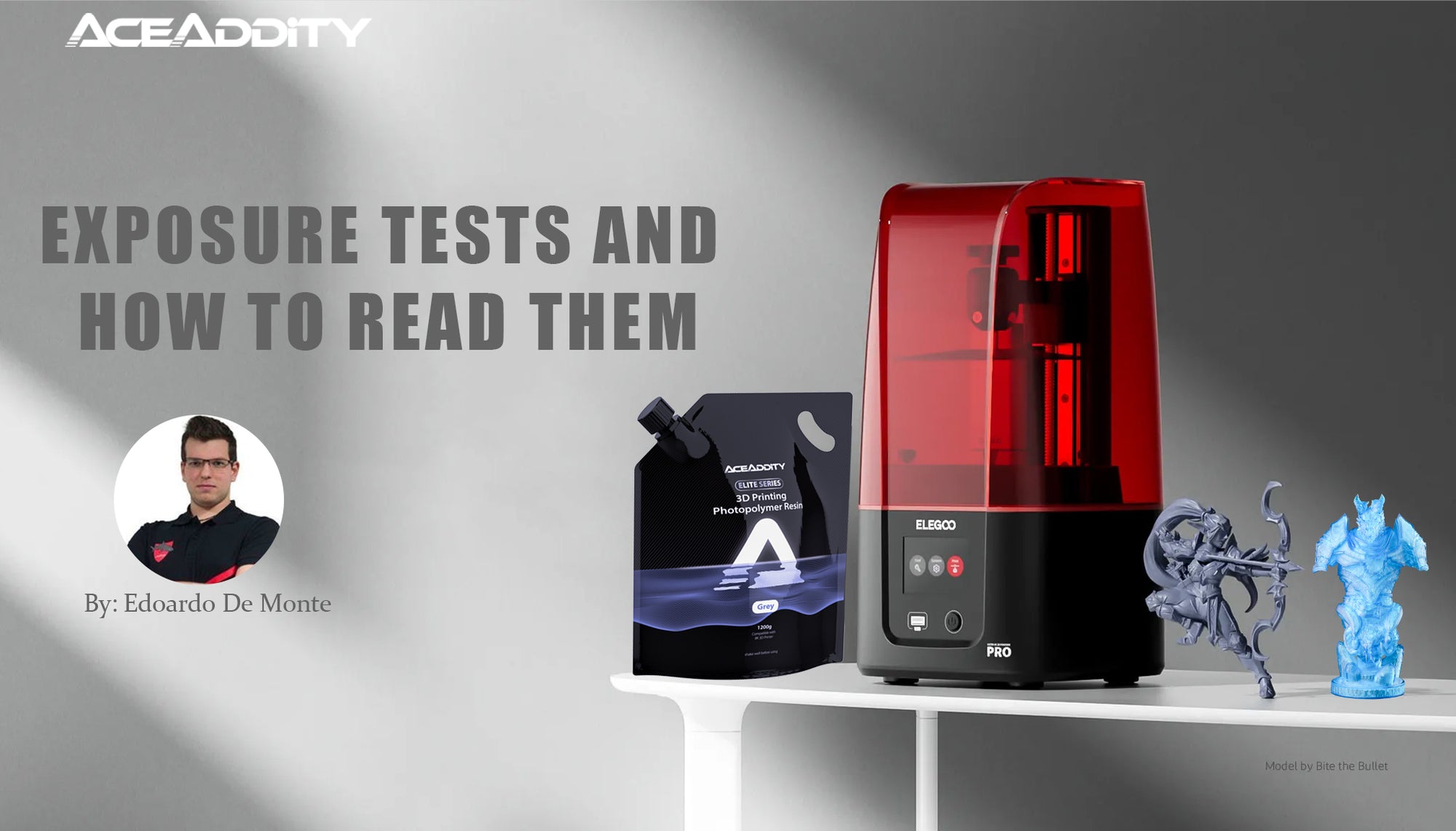AUTHOR INTRODUCTION
Hi! I’m Edoardo, an engineer from Italy. I’m a miniature painter and I also build and paint planes and sci-fi models in different scales. 3 years ago, I started my journey in the 3D printing world as a hobbyist and, also thanks to my background, I gained a lot of experience in 3D printing.
This is the first of a series of posts about resin 3D printing: these posts will be about the most common problems of this process, how to solve them and thus improving the 3D printing experience. We all want to create perfect prints, in fast time and without problems. But not all of us have the time or the technical information to build up our own knowledge going through a lot of testing. This is why I want to write these posts, to help people obtain great results from their printer by sharing the knowledge I have acquired through these years.
I’ll try to make these articles accessible to everyone, from the beginner who just bought his/her first printer and resin, to the most skilled professional 3D printer that needs to print faster. I really hope that you’ll enjoy my work and find it useful to make 3D printing easier and funnier.
I want to thank Aceaddity for giving me the possibility to spread my knowledge through their platform. It’s a very good company that not only provides high-quality products at an affordable price, but also cares a lot for their customers.
So, let’s start this journey with the first thing to do when the new resin arrives: settings calibration.
Chapter 1 PRINTING PARAMETERS
Settings and their meaning
The first thing to understand to calibrate correctly the printing parameters is to know what each parameter does and how it influences the printing result. Once you know this, you’ll be able to independently modify the settings following your personal needs.
- Layer height:
This is the height that each layer has, and it can be measured in millimetres [mm] or microns [µm]. 10µm = 0.01mm. This parameter controls the overall printing speed in mm/hour as determines the number of layers in which the object is divided: the more the layers, the higher the printing time will be.
It also determines the quality of the prints because increasing the layer height will lead to more visible layer lines. I mainly use 3 different thicknesses: 25 or 30 µm for little and high-quality prints, 50 µm for bigger prints to balance printing time and quality, and 100 µm for very fast printing without surface quality requirements.
- Bottom layer count:
- Exposure time:
- Bottom exposure time:
- Transition layer count:
- Resting time:
The time the plate pauses in different moments of each layer printing process. It can be set as a “light-off delay” mode (= the total time the plate stays still from the start of the exposure) or “resting time” mode. I prefer the second one because it’s easier to understand and to control. This option is divided in 3 resting times:
- Rest time before lift: the pause time between the end of the exposure and the raising of the plate after the exposure ends. In general, this time can be set to 0 as it has no impact in print quality.
- Rest time after retract: the pause time between the end of the raising movement and the start of the retract phase. It happens when the plate is mid-air, so it has no influence in the process except for increasing the total print time. Thus, it can be set to 0.
- Rest time after retract: the pause time between the end of the retract movement and the start of UV exposure. It happens when the plate is still in the bottom position and it’s the most important rest time for high quality prints because it prevents the blooming phenomenon (= visible horizontal lines due to the squeezing of the resin during the lowering of the plate). As the resin is viscous, it takes time to stop it’s flowing after the plate has stopped the lowering and so it’s necessary to set it at least at 0.5s, better at 1s if you want perfect prints. This allows the resin to stop flowing after the retract movement of the plate so that, when UV exposure starts, the resin will be still and ready to be solidified.
- Lifting and Retract distances:
- Bottom Lifting and Retract distances:
- Lifting and Retract speeds:
- Bottom Lifting and Retract speeds:
- Anti-Aliasing:


